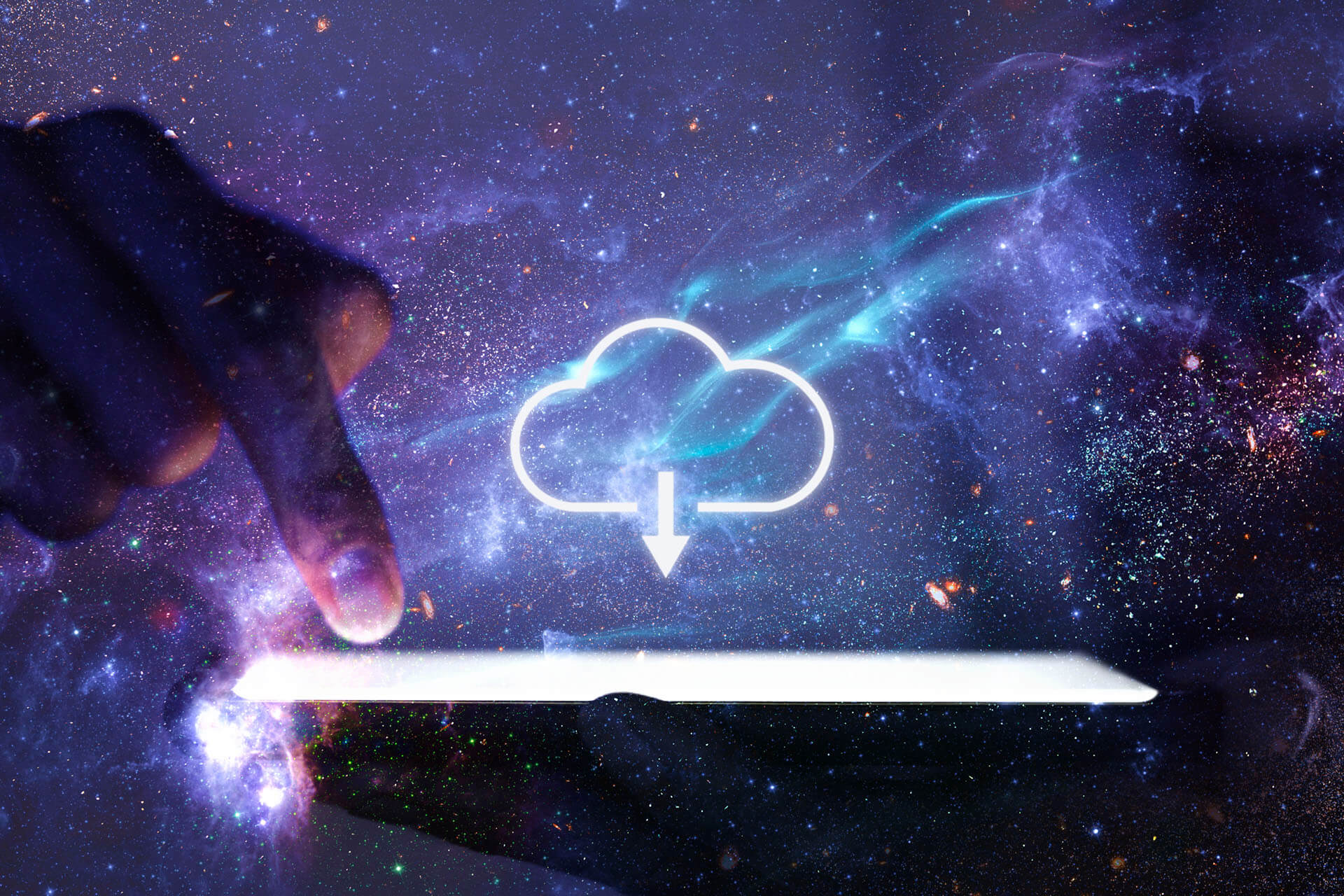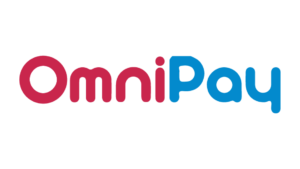What is SaaS (Software As a Service) and How can this benefit your business?

Do you run a small or a medium-sized business and are looking for a cost-effective way to sort all your software woes? Then, Saas is the perfect solution for you.
Remember the days when to use particular software, you had to order a box with a disk, install the software on your computer and then use it? People were always concerned about delivery charges, waiting for their products to arrive, and storing backup disks for an extended period. The SaaS model solved all of these problems.
If you have used web-based email service, then you have probably already used SaaS. SaaS fulfils your business requirements with minimal investment of time and money, especially when your prime focus should be on your business’ growth.
Let’s dive deep into the SaaS world.
Table of Contents
What is SaaS?
SaaS, also known as Software as a Service, is a cloud-based service that does not require you to download software to your desktop computer or business network to run and update it; instead, you can access it over the internet. The software applications could range from office software to unified communications.
The cloud provider creates and maintains cloud application software, delivers automated software upgrades, and makes the service available to you on a pay-as-you-go basis through the internet.
You should choose a public cloud service provider since it manages all hardware and conventional software, including middleware, applications, and security. Thus, you might save money and be able to install, grow, and upgrade business solutions faster than you could with on-premises software and systems.
With SaaS, your company can rapidly get an app up and operating for a low initial investment.
The Future of SaaS
The demand for new IT solutions is rising since many entrepreneurs run small and medium-sized enterprises.
New and dependable SaaS firms are springing up to meet your businesses’ needs and make sales, communication, and record-keeping more efficient and convenient. This diverse and reliable range of SaaS will give your organisation more effective, more gratifying alternatives in the future, allowing them to develop significantly.
As a SaaS customer, you don’t have to buy, install, maintain, or upgrade any hardware or software. Instead, SaaS companies make the process simple for you. All you need is an internet connection, and you’re good to go!
SaaS Characteristics
The SaaS approach preserves each customer’s privacy while still delivering a dependable and secure service on a big scale. Moreover, customers of SaaS services don’t have to worry about unauthorised access to their data.
The characteristics of SaaS are as follows:
Multitenant Architecture
As per multitenant architecture, all users and apps share a single, centrally managed infrastructure and codebase. Since all SaaS vendor customers share the same infrastructure and code base, vendors may innovate software more quickly and save development , that would otherwise be spent supporting several old code versions.
Effortless Customisation
Not everyone worldwide loves ready-made things, hence customisation emerges as a perfect solution for such people. Thedemand for customisation is understandable. Therefore, SaaS has to customise its use adequately to meet the end user’s needs as a growing industry.
Moreover, SaaS businesses can provide customisation without compromising the shared infrastructure. That means that even though every firm uses the exact version of the software, these customisations don’t meddle with other firms’ software.
Customisation helps you find a solution that increases client conversion and customer satisfaction and, above all, doesn’t affect your team’s efficiency.
Easily accessible
SaaS enables greater data access from any networked device while making it more straightforward to manage rights, monitor data use, and guarantee that everyone simultaneously sees the same data in the firm.
Handle Mission-critical Tasks
Companies are developing SaaS integration platforms (or SIPs) to construct more SaaS apps. The “third wave” in software adoption often occurs when SaaS advances beyond standalone programme capabilities to become a platform for mission-critical tasks.
More and more firms are driving towards Saas for mission-critical tasks, and the main reason for that is cost reduction, easy accessibility, and a pay-as-you-go model.
SaaS Advantages and Risks
Advantages
Payments are flexible
You subscribe to a SaaS solution rather than acquiring software to install or use an additional infrastructure to support it. In addition, you have an option to cancel SaaS subscriptions at any moment to avoid paying recurring fees.
The usage is scalable
SaaS providers usually offer various subscription options and flexibility for changing subscriptions.
For example, your business is growing, and so is your team. Obviously, you would want all your team members to have access to the business application. However, the current SaaS version you use only permits ten team members to access the application.
To solve this issue, all you will have to do is upgrade to the plan that allows more users to access the software. You’re all set for the next milestone!
Quick installation
As the SaaS application is already installed and configured in the cloud, your software set-up becomes hassle-free. It reduces common inefficiencies caused by long traditional programme installations.
Updates are automatic
Customers may rely on a SaaS provider to automatically execute upgrades and patch management rather than purchase a new software version. This decreases the workload for in-house IT personnel and they can focus their energy on other task.
Accessibility
Users may access SaaS products from any web-enabled device and location since SaaS suppliers distribute software via the internet.
Risks
Issues beyond the customer control
When providers experience service outages, make unwelcome modifications to service offerings or suffer a security breach, these issues might significantly impact consumers’ ability to use the SaaS product.
Therefore, you should be aware of their SaaS provider’s service level agreement (SLA) and ensure that it is followed.
Customers cannot control versioning
If the provider adopts a new version of an application, it will rollout the update to all of its clients, whether they want it or not. This may raise the need for the company to allocate resources for more training time and money.
Switching suppliers is difficult
Switching suppliers can be challenging, as with any cloud service provider. You will have to move massive volumes of data while changing vendors.
Furthermore, some vendors utilise proprietary technologies and data formats, making transferring client data between cloud providers even more difficult. As a result, vendor lock-in occurs when consumers cannot simply switch service providers due to these circumstances.
Security
Cloud security is frequently mentioned as a significant concern for SaaS services. There are many concerns, such as Data breach, hijacking of accounts, insider threats, malware injection, insecure APIs, etcetera.
Ensure the vendor you partner with has a good record of providing security to their clients and has their data well protected.
FAQs
Can I customise my software?
Yes! Modern-day web-based software is adaptable enough to be customised for specific commercial purposes and individual users. For example, buyers may change the appearance and feel of the application by customising the user interface and changing particular parts, such as data fields, to change what the data represents
Who owns my SaaS data?
In most circumstances, you retain ownership of your data while using a cloud-based solution. For example, most service level agreements guarantee your company’s ownership of data stored on the vendor’s servers and your right to retrieve the data.
SaaS versus On-premise: How Do I Choose?
The primary distinction between SaaS and on-premise solutions is that SaaS solutions are hosted and managed by a third party, whereas on-premise solutions are hosted in-house.
What form of implementation is appropriate for your firm is determined by several criteria, including your budget, objectives, security needs, and general corporate culture.
SaaS versus cloud: What’s the big difference?
The term “cloud” refers to a collection of highly complicated infrastructure technologies. At its most basic, it is a collection of computers, servers, and databases linked so that customers may lease access to their combined power. Buyers can dynamically raise or reduce the amount of computing power they rent since the computing power is scalable.
Is my data safe with the cloud?
Clients are cautious about cloud security. Therefore software suppliers work hard to demonstrate how secure the data is on their servers. Many SaaS firms run and keep their software instances and data in certain public cloud services.
Key Takeaways
Now that you have read the basics of SaaS, here are few of its prime characteristics:
- Multitenant Architecture
- Easy Customisation
- Better Access
- SaaS Trends
- SaaS Harnesses the Consumer Web



